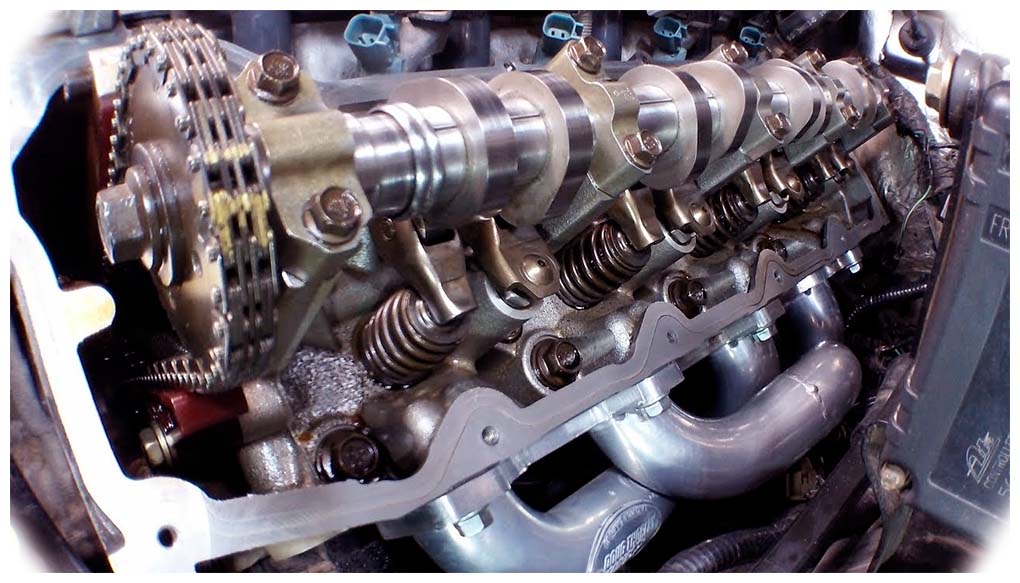The camshafts in a Jeep are responsible for controlling the intake and exhaust valves, as well as connecting the crankshaft to the pistons. This means that for your Jeep to run smoothly, its camshafts must be in good working order. This step-by-step guide on how to install camshafts will walk you through the entire process from start to finish.
What You’ll Need

-
Camshaft – Make sure you purchase replacement camshafts that match those currently installed in your vehicle.
-
Intake/Exhaust Valves – These will need to be replaced if they become worn or damaged during installation.
-
Gaskets – Fresh gaskets will help ensure an airtight seal between the engine block and cylinder head.
-
Socket Wrenches & Screwdrivers – These tools will make it easier to remove and replace nuts and bolts throughout the installation process.
Removing the Old Camshafts
When removing the old camshafts from a Jeep engine, it is important to follow a systematic approach to ensure a smooth and successful process. Here are the general steps involved in removing the old camshafts:
-
Locate the camshafts in the engine.
-
Remove the valve covers on each side of the engine to expose the camshafts and valves.
-
Unscrew any nuts or bolts that are holding the camshafts in place and pull them out of their respective cylinders.
-
Set aside any gaskets that you may encounter during removal – these will need to be replaced with new ones later in the process.
-
Once both old camshafts have been removed, set them aside for disposal or recycling later.
Installing the New Camshafts
Installing new camshafts in a Jeep engine requires careful handling and precise installation techniques. Here are the general steps involved in installing new camshafts:
-
Place a new gasket onto each cylinder head, then place a new camshaft into each one as well – making sure it is correctly oriented before tightening it down into place with your tools.
-
Reattach all your valve covers and torque them down to their proper specifications, using your socket wrenches for extra leverage if necessary.
-
Make sure all nuts and bolts are tightened properly before continuing to step four of this guide!
Checking Your Work
Once everything is secured in place, go over your work once more to make sure there are no loose nuts or bolts that may lead to further issues down the line. It’s also important that you check the camshafts for any signs of damage or wear. Should you spot something unusual, try tightening the nuts and bolts one last time before running a test on your engine to make sure everything is working as it should be. After this, it would be beneficial to consider the degreeing process of your camshaft. ‘Degreeing a Camshaft’ is a crucial practice for the optimal functioning of your engine, and thus, plays a major role in your Jeep’s overall performance. For more details on how to undertake this process, refer to our comprehensive guide on degreeing a camshaft that provides step-by-step instructions.
Conclusion
Replacing faulty camshafts is an important part of keeping your Jeep in good working order. With a bit of patience and basic mechanical knowledge, the process of installing new camshafts can be done relatively quickly without too much hassle – just remember to take all safety precautions before getting started! Be sure to double-check your work once you’re done and that the camshafts are correctly aligned and securely fastened.

Add Comment